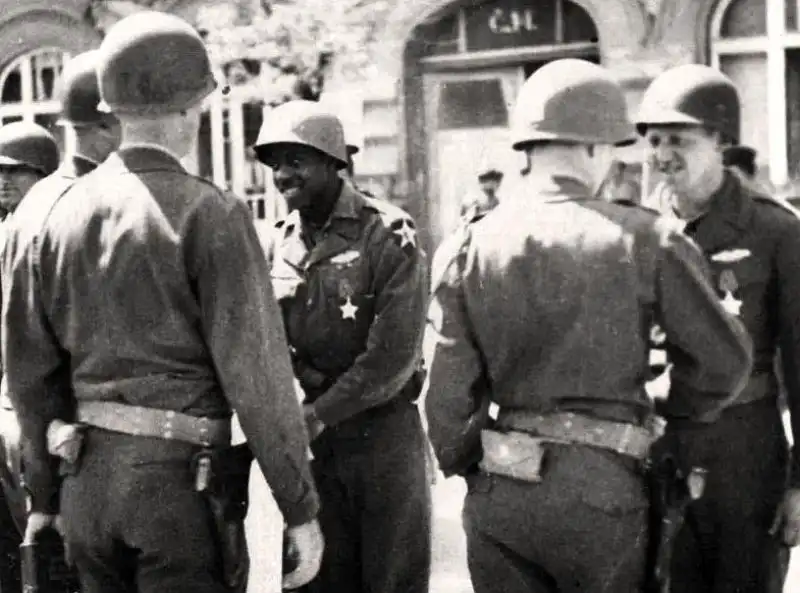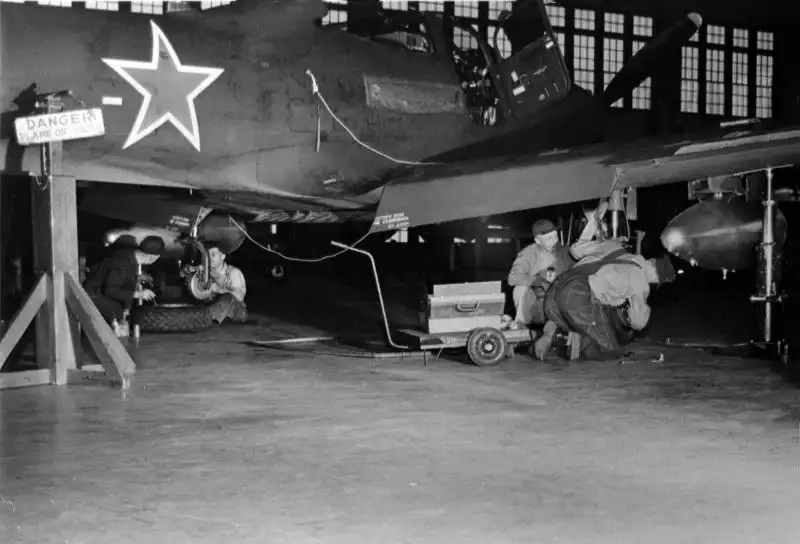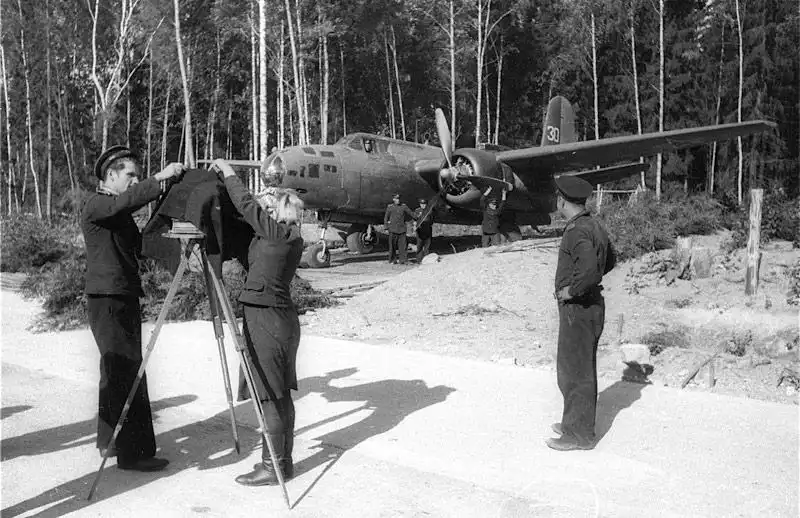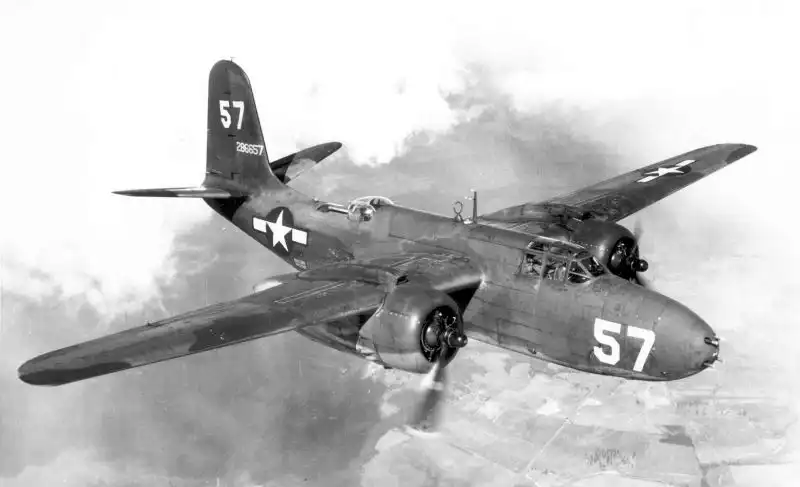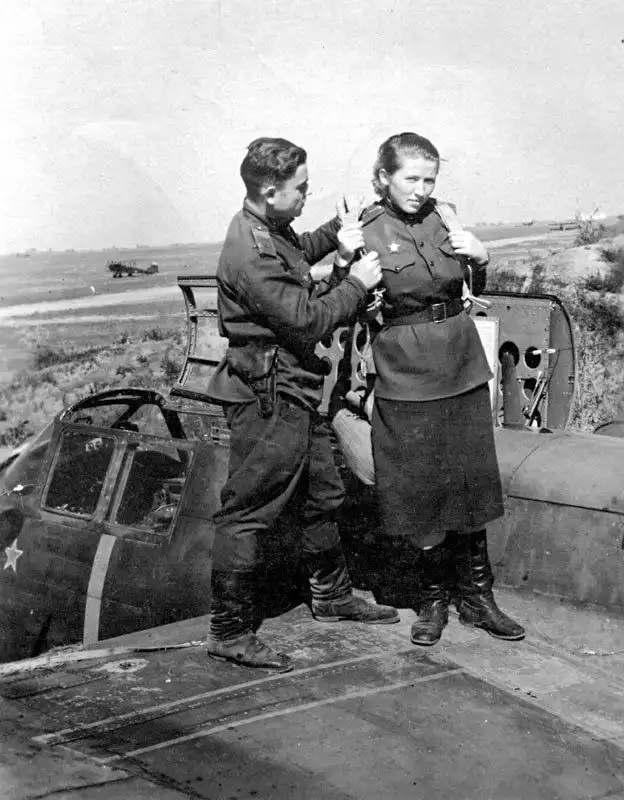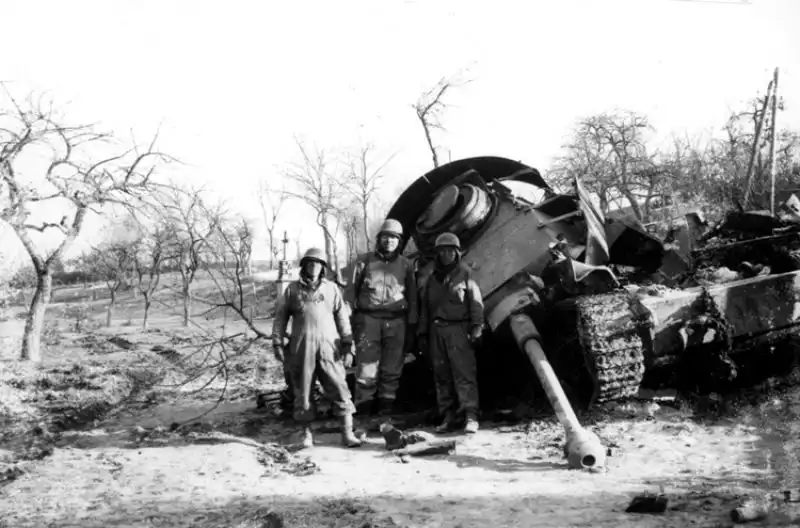Into the Jaws of Death: American Troops Land at Omaha Beach, D-Day 1944
June 9, 2025 - Reading time: 4 minutes
E Company, 16th Infantry Regiment, 1st U.S. Infantry Division disembarks from an LCVP landing craft from USS Samuel Chase under heavy fire.

Normandy, France — June 6, 1944.
The gate drops. Water crashes. Chaos erupts. And the men of E Company, 16th Infantry Regiment, 1st U.S. Infantry Division — the Big Red One — charge straight into hell.
This famous image, known as "The Jaws of Death," was captured in the first moments of the D-Day landings on Omaha Beach. The photographer, Robert F. Sargent, was a U.S. Coast Guard chief petty officer aboard the landing craft. What he caught was more than a photo — it was a moment frozen in time, a symbol of courage, desperation, and raw humanity.
These troops had just left the USS Samuel Chase (APA-26) and now found themselves waist-deep in seawater, bullets hissing overhead, mortars pounding the sand. The enemy was waiting — dug in, fortified, and ready to kill. Omaha was the bloodiest beach that day. Around 3,000 Americans fell — killed, wounded, or missing — in just a few hours.
The soldiers in the frame are anonymous, faceless against the surf and steel. But their actions changed history. They held the line, clawed up the bluffs, and broke through the Atlantic Wall.
What we see isn’t just a landing. It’s bravery under fire. It’s fear and fury, pain and purpose — all packed into one staggering photograph.
📷 Technical photo data:
📸 Photographer: Robert F. Sargent
🌐 Source: U.S. National Archives, U.S. Coast Guard
📅 Date: June 6, 1944
📍 Location: Omaha Beach, Normandy, France
-
"Jaws of Death WWII photo"
-
"Omaha Beach landing June 6 1944"
-
"D-Day invasion iconic photos"
Tags
Category
Search
Categories
- Unidentified WWII Photos (12)
- World War II Photos 1937 (1)
- World War II Photos 1938 (1)
- World War II Photos 1939 (3)
- World War II Photos 1940 (5)
- World War II Photos 1941 (99)
- World War II Photos 1942 (55)
- World War II Photos 1943 (50)
- World War II Photos 1944 (76)
- World War II Photos 1945 (40)
- WWII and Postwar Photos 1946 (1)
